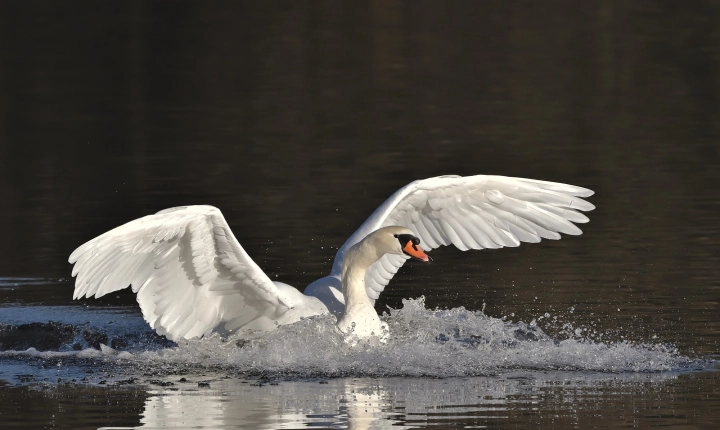Title: How Many Photos are Needed to Train AI?
In the rapidly evolving field of artificial intelligence (AI), there has been an ongoing debate about the amount of data required to effectively train AI models, particularly when it comes to image recognition. With the increasing use of AI in various industries such as healthcare, autonomous vehicles, and retail, understanding the optimal number of images needed for training AI is critical to the success of AI applications. But how many photos are actually needed to train AI models effectively?
The answer to this question is not straightforward, as it depends on several factors such as the complexity of the task, the quality and diversity of the images, and the specific AI algorithms being used. However, it is generally accepted that large datasets are essential for training AI models to achieve high accuracy and generalization.
For image recognition tasks, a common rule of thumb is that a minimum of tens of thousands to hundreds of thousands of labeled images are required. This is because AI models need to be exposed to a wide variety of visual patterns and features in order to learn to accurately identify and classify objects within images. In some cases, millions of images may be necessary, especially for complex recognition tasks such as fine-grained object categorization or medical image analysis.
The quality of the training data is also crucial. High-quality images that accurately represent the objects of interest with different variations in lighting, background, color, and angle are essential for training robust AI models. Additionally, the diversity of the data is important to ensure that the AI model can generalize well to new, unseen images.
Furthermore, the type of AI algorithms being used can influence the amount of training data required. Deep learning models, such as convolutional neural networks (CNNs), are known for their ability to learn from large-scale datasets and can benefit from vast amounts of labeled images. On the other hand, traditional machine learning algorithms may require smaller datasets, but they may not achieve the same level of performance and accuracy as deep learning models.
It’s also important to consider the trade-offs between the amount of training data and computational resources, as training AI models with large datasets can be computationally intensive and time-consuming. In practice, researchers and practitioners often balance the need for more data with practical constraints such as hardware limitations and time constraints.
In conclusion, the question of how many photos are needed to train AI is not a simple one to answer. The amount of data required depends on the specific application, the quality and diversity of the images, and the type of AI algorithms being used. However, large-scale datasets consisting of tens of thousands to hundreds of thousands of images are generally needed for effective training of AI models for image recognition tasks. As AI technology continues to advance, it is likely that the need for extensive data for training will persist, driving the importance of data collection and curation for AI applications.
